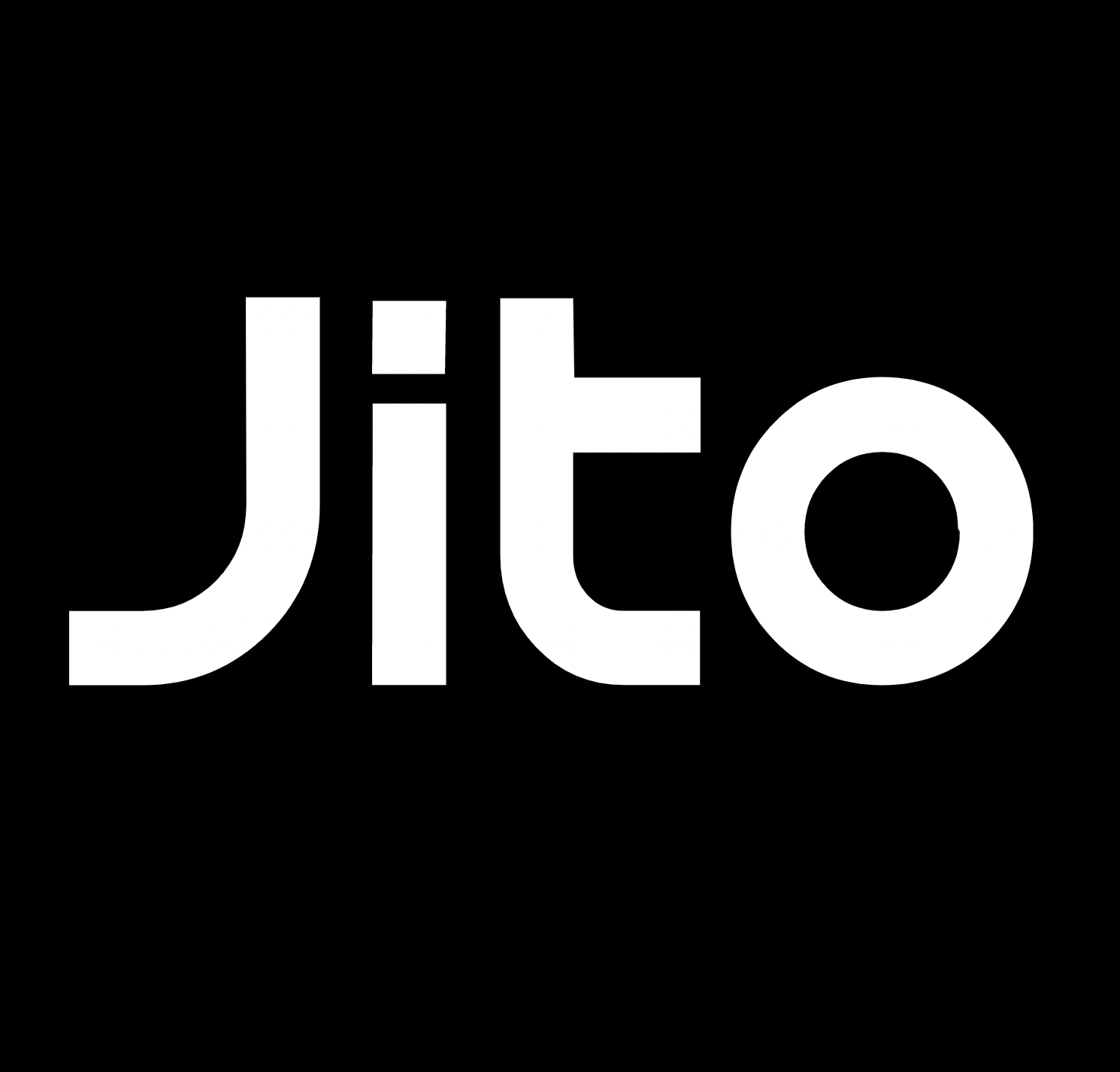LSTs vs Native Assets



Introduction
Solana, which we call home, is a high-performance Layer 1 blockchain that uses Proof-of-Stake (PoS) to determine who gets to validate incoming transactions and produce new blocks. Entities must lock up native SOL tokens in order to be eligible to participate in the economic security of the network and earn more SOL for doing so. However, the role of staking services on Solana has continued to evolve and expand in ways that further benefit stakers and the broader Solana ecosystem. Let’s further unpack the evolution of staking on Solana and how stakers’ returns have grown as a result.
Staking on Solana
As mentioned, entities must stake SOL tokens to validators, which validate transactions and produce blocks, in order to earn native staking rewards on Solana. Though anyone with SOL can stake to any validator directly, this can become difficult to maintain if one wishes to spread their stake across more validators to earn a higher yield. Since validators aim to maintain profitable operations to continue staking over time, incentivizing a broader stake is becoming increasingly vital.
This is where staking pools help - staking pools allow for many different entities to collectively pool their SOL into a shared smart contract, with a fixed APY percentage that comes from the redistribution of validator block rewards. Staking pools are also advantageous because they distribute stake across various validators. Essentially, they allow stakers to outsource the process of finding the best validator to delegate stake to.
However, traditionally, staking would involve locking up tokens in a smart contract to be withdrawn at a pre-specified date and a fixed rate of return, rendering them illiquid and obsolete for the duration they are staked.
What if there was a way to access the staked SOL liquidity for further usage in the ecosystem?
Liquid Staking on Solana
Liquid staking represents the evolution of staking services and their role within the broader crypto ecosystem. As the name suggests, liquid staking makes locked-up capital tradeable and easily deployable to other applications. Liquid staking is currently a $55 billion vertical in crypto - by far the largest today - representing its strong product market fit and natural demand.
Interacting with a liquid staking protocol is a straightforward process - the user deposits their SOL and, in turn, receives a liquid staking token (LST) equivalent to their deposit amount. It is important to note that stakers will receive a smaller number of LSTs than their original SOL deposit, as this value must account for accrued yield.
Consider if you were to stake 1 SOL with Jito:
You’ll notice that you won’t receive 1 JitoSOL in return, but instead 0.9099 SOL, and that 1 JitoSOL is equal to 1.099 SOL. This difference comes from the fact that JitoSOL is a reward-bearing asset, meaning that earned yield is automatically accrued and reflected in the price of JitoSOL without increasing the amount of JitoSOL in a staker’s wallet. You can read more on that here.
As an aside, an alternative to the reward-bearing mechanism is the rebasing model, in which the supply of the token increases as rewards are accrued.
Today on Solana, there are a number of LST providers;
- JitoSOL (Jito Labs)
- mSOL (Marinade Finance)
- bSOL (BlazeStake)
- LST (MarginFi)
- jSOL (JPool)
- SOCN (Socean)
What to do with your LSTs?
Think of LSTs as receipt tokens, only these receipts are not “read-only” and can be further utilized throughout DeFi, whether for liquidity provision, lending, or swapping to another token altogether.
Liquid staking allows you to earn additional yield on top of your base staking yield by deploying your LST into various financial strategies on Solana.
Though you can store your LST in your wallet, you may choose to put your capital to its maximal use and earn additional yield. Here are a few examples of how you can deploy your JitoSOL to maximize your staking capital efficiency,
- Provide liquidity into any of the JitoSOL-supported vaults on Kamino Finance

- Lend your JitoSOL on MarginFi to earn a lending yield and borrow funds to hit some 10Xs. Just take note of liquidation risk when borrowing here.

- Swap JitoSOL > your favorite memecoin on Jupiter

The key benefit of LSTs is the flexibility they allow for stakers, extending the possibilities of what can be done with one’s idle SOL by a magnitude. Meanwhile, the Solana ecosystem benefits from a (literal) unlock in capital efficiency and deeper liquidity, as staked capital is no longer illiquid and value-extracting at the application layer, but rather quite the opposite.
Conclusion
Liquid staking embodies the evolution of staking services in crypto, transforming illiquid staked capital into a versatile and dynamic asset which can be utilized in many different ways. This paradigm benefits stakers who now have the opportunity to earn additional yield on their staked capital, while benefiting the application layer from a significant unlock in capital efficiency and liquidity.